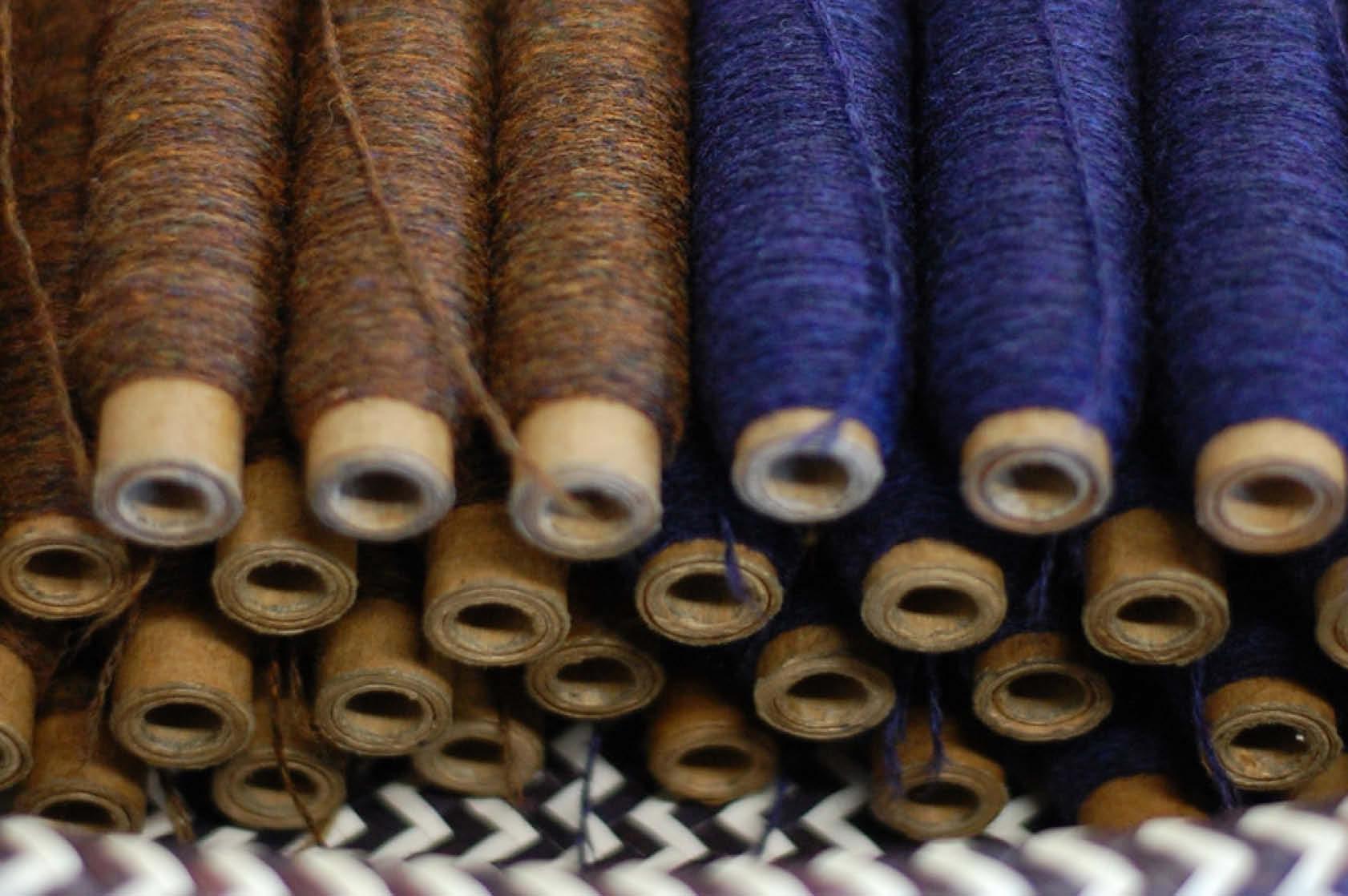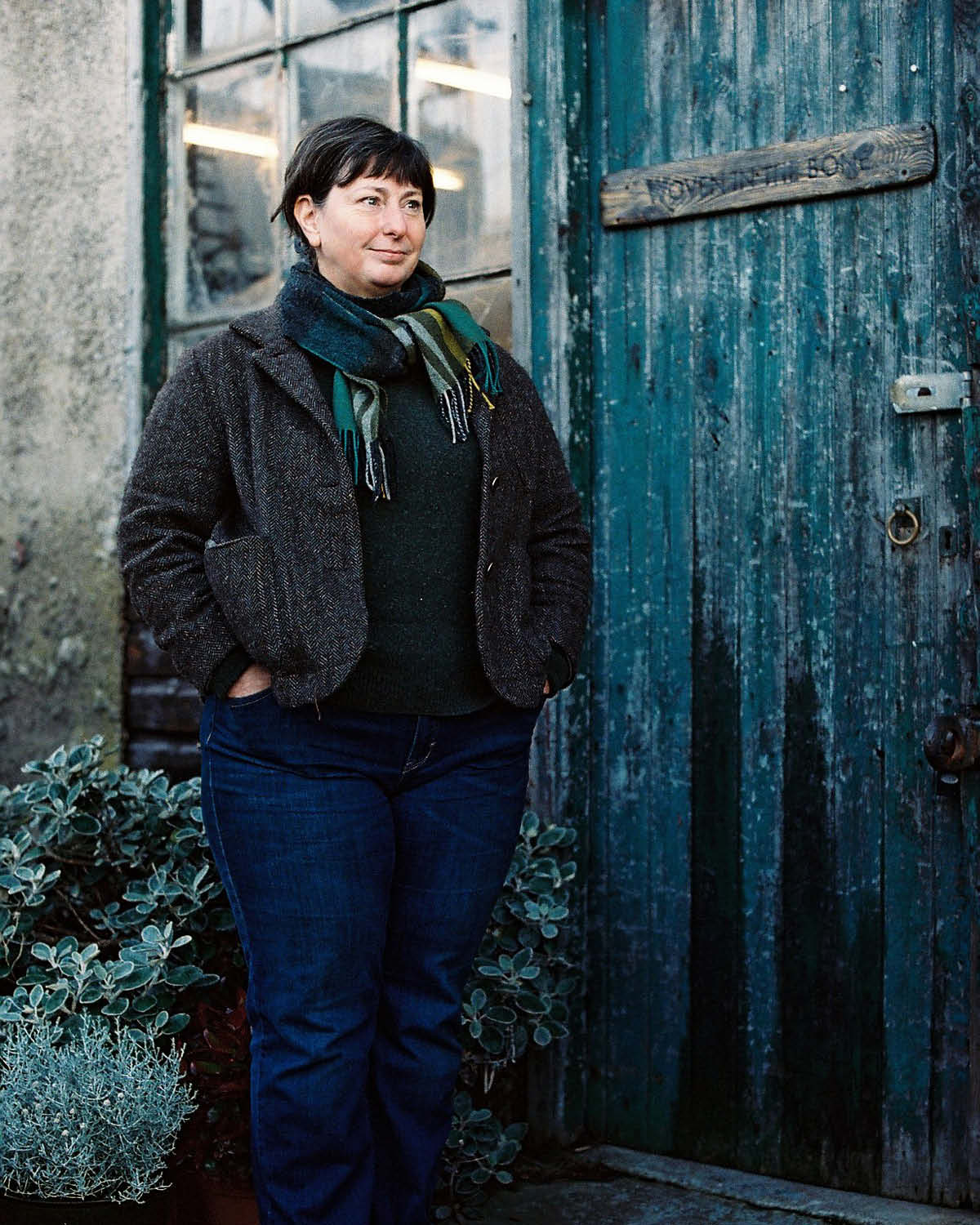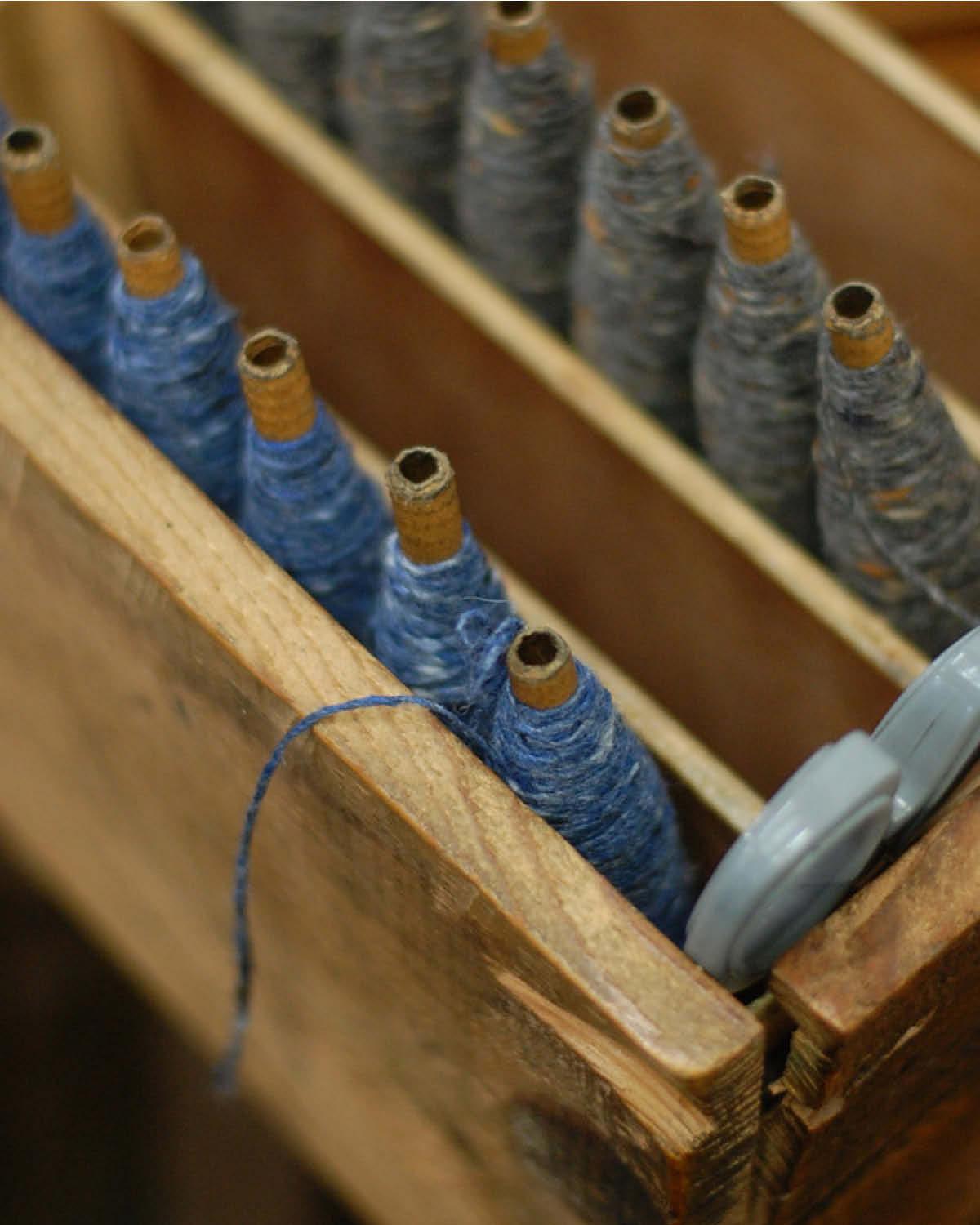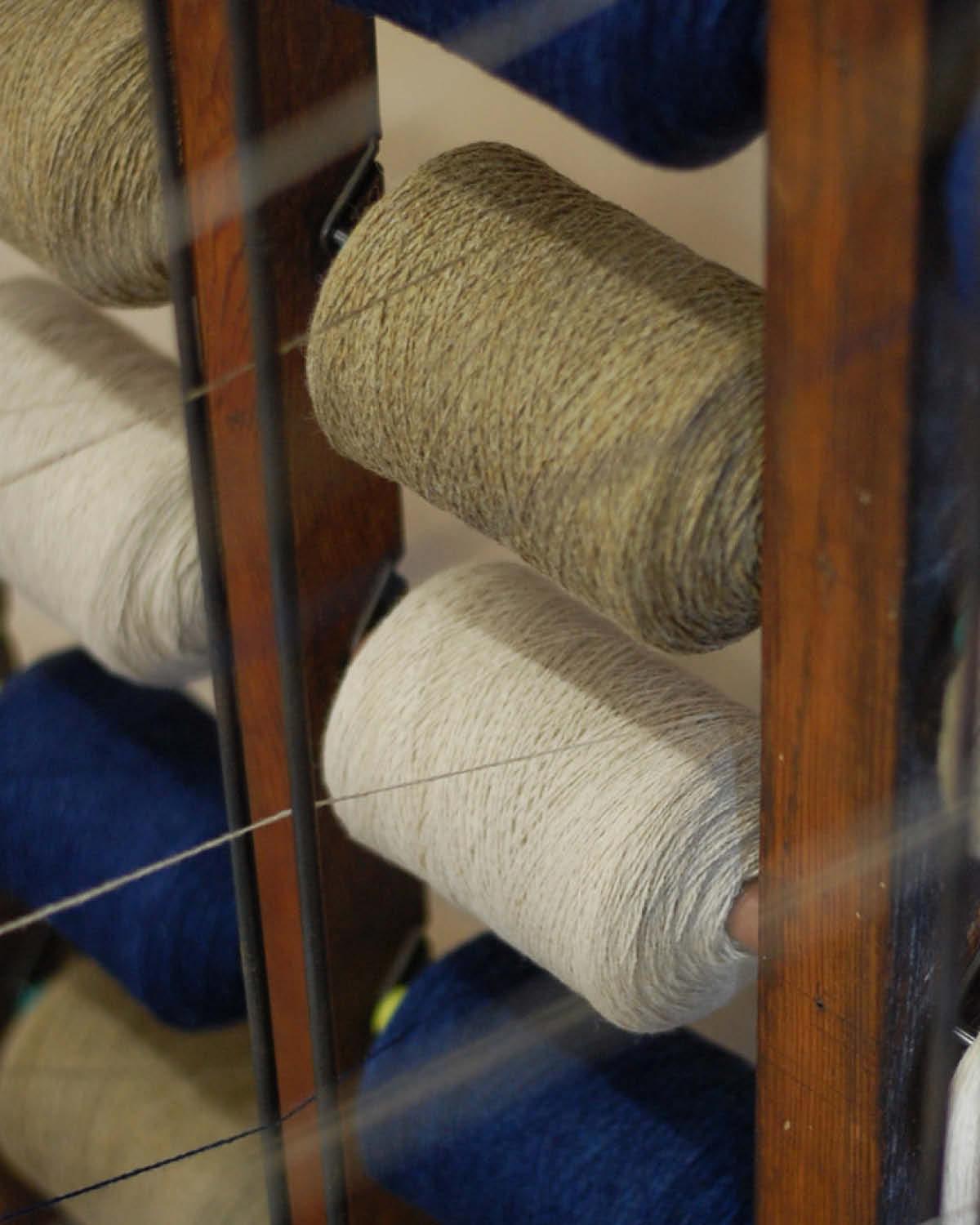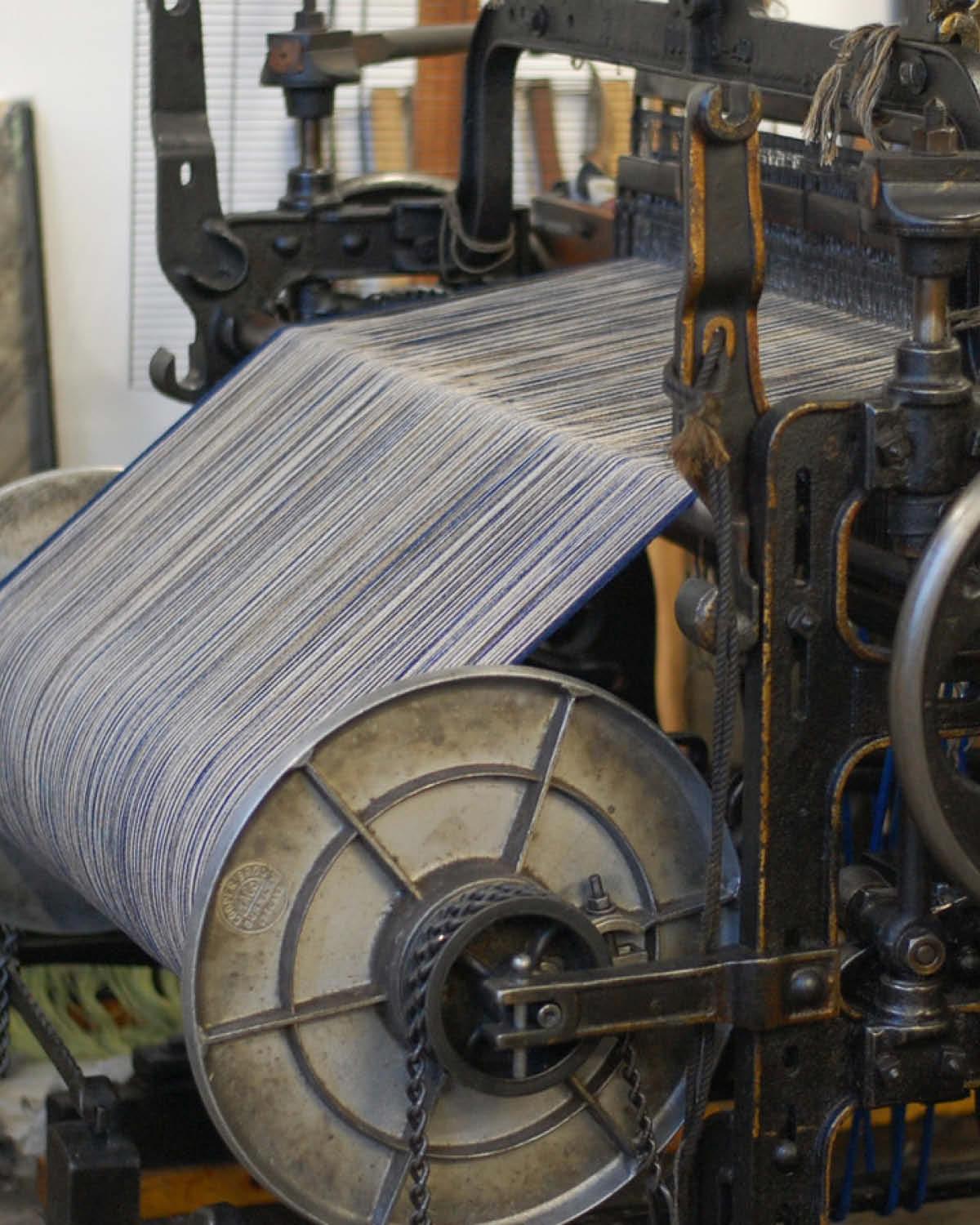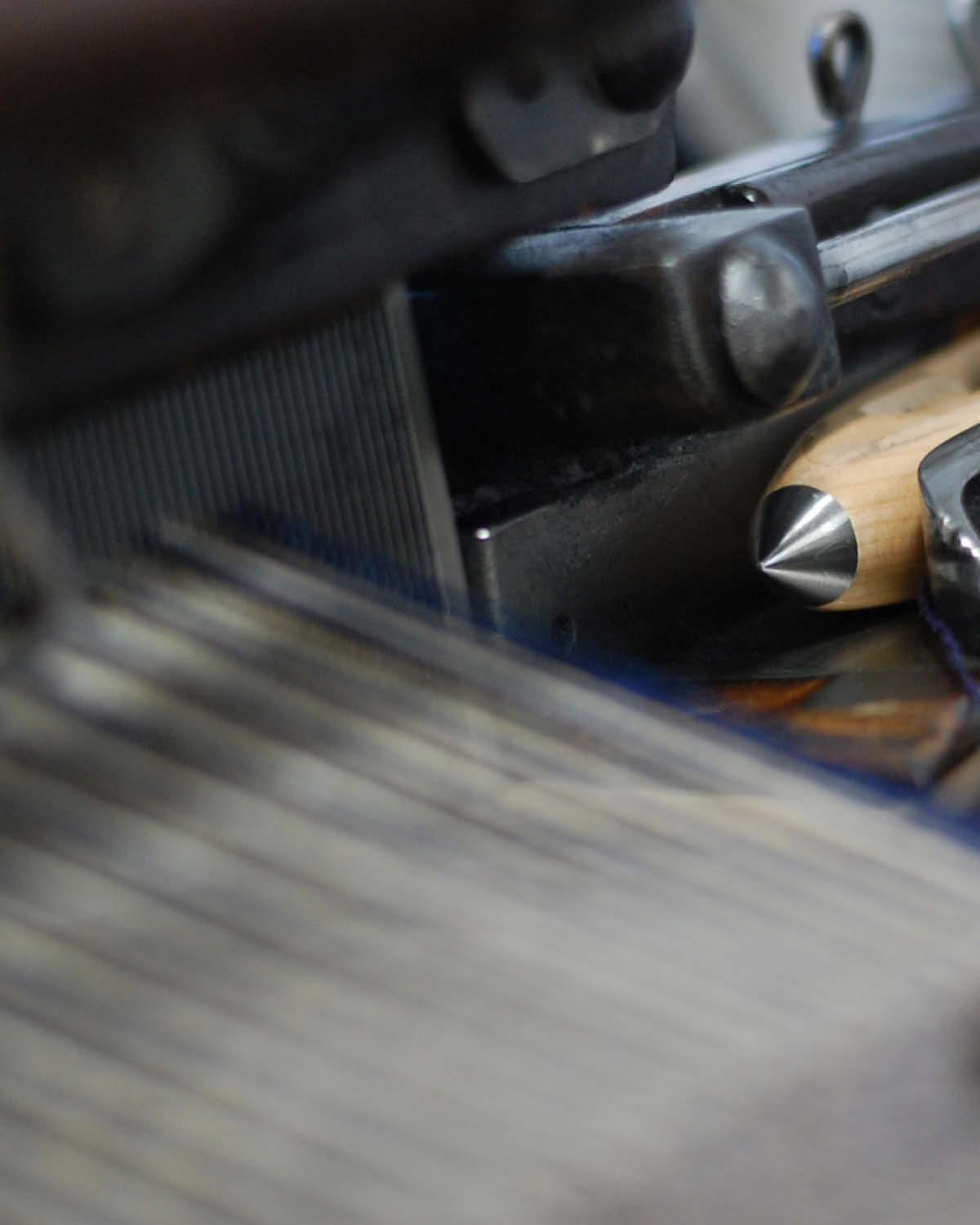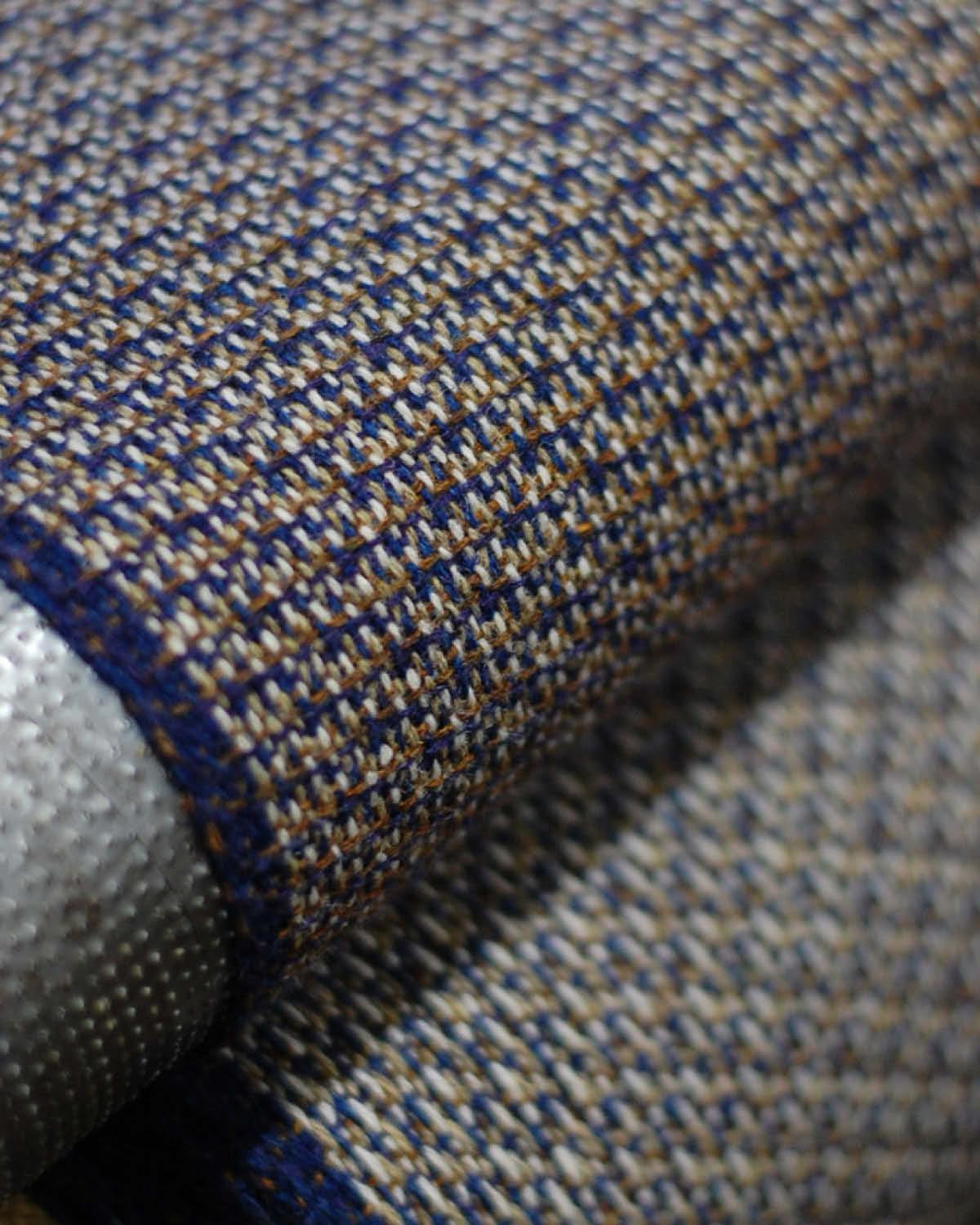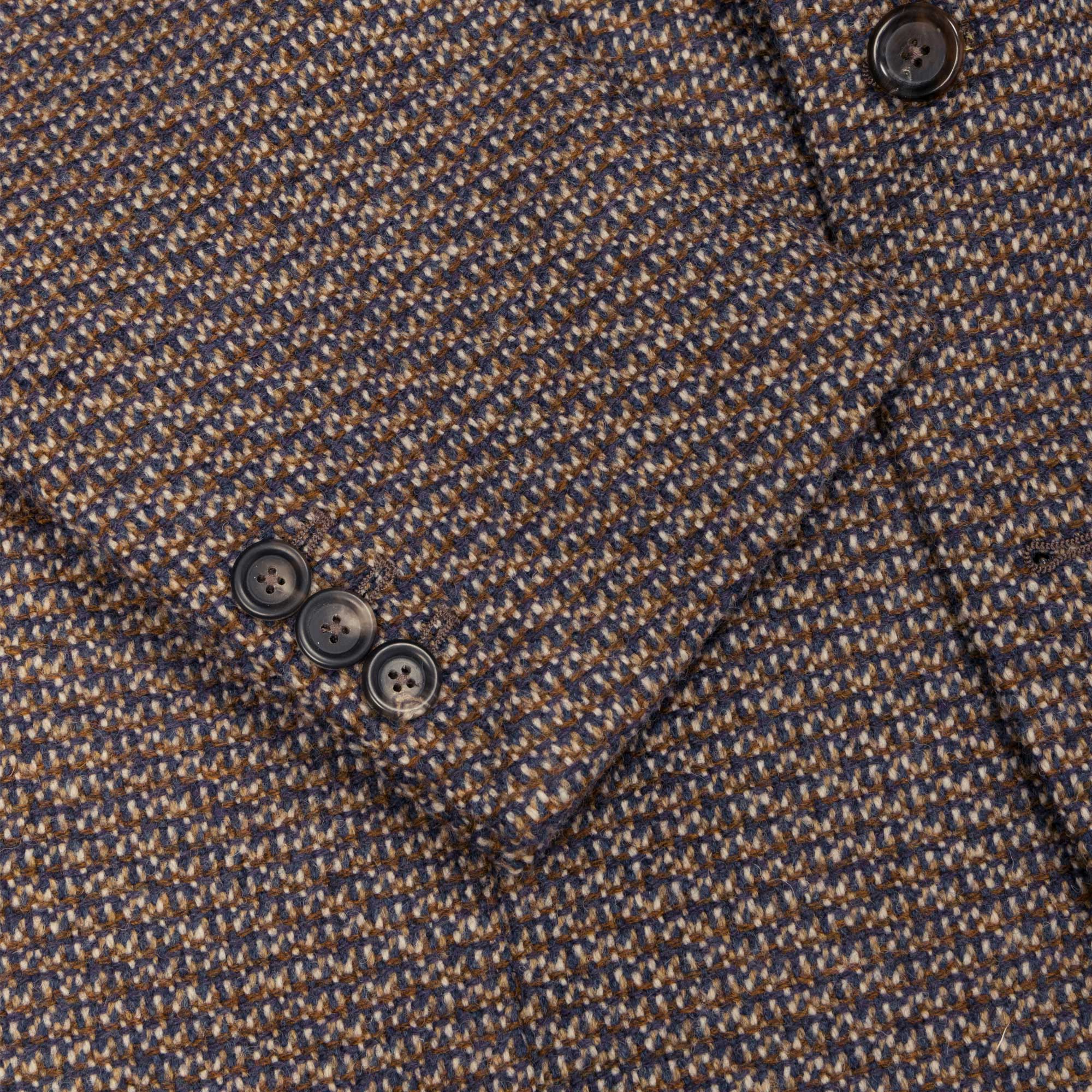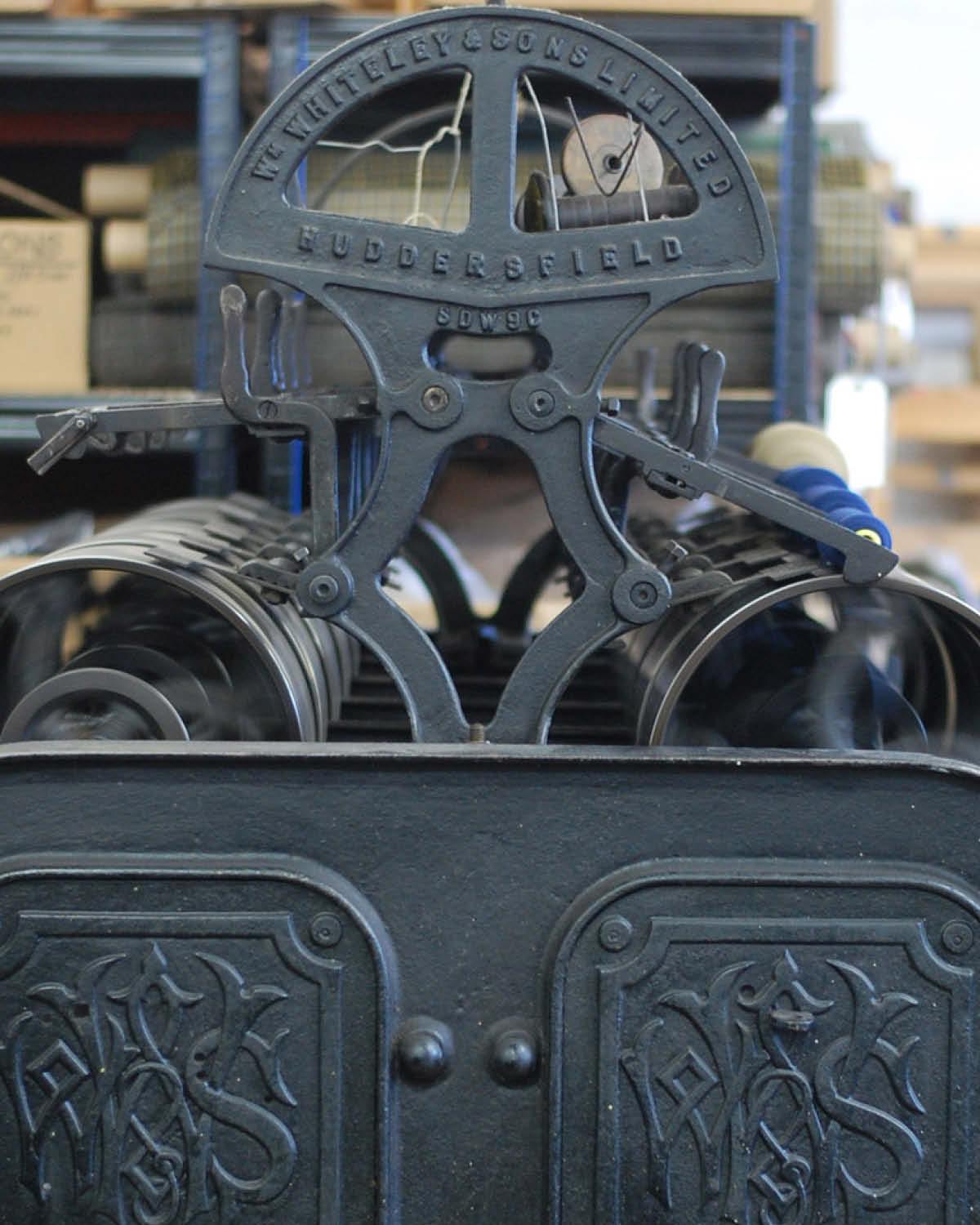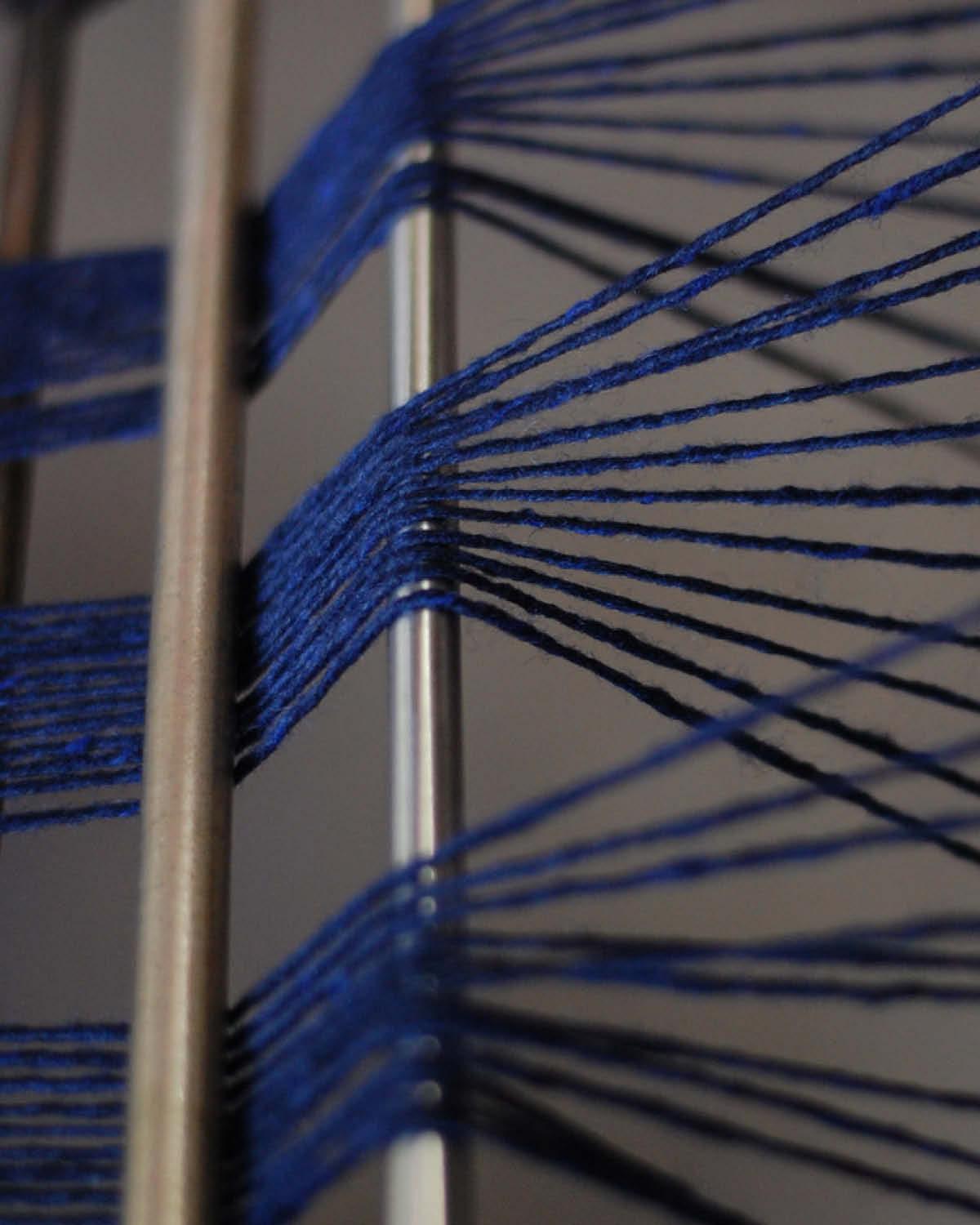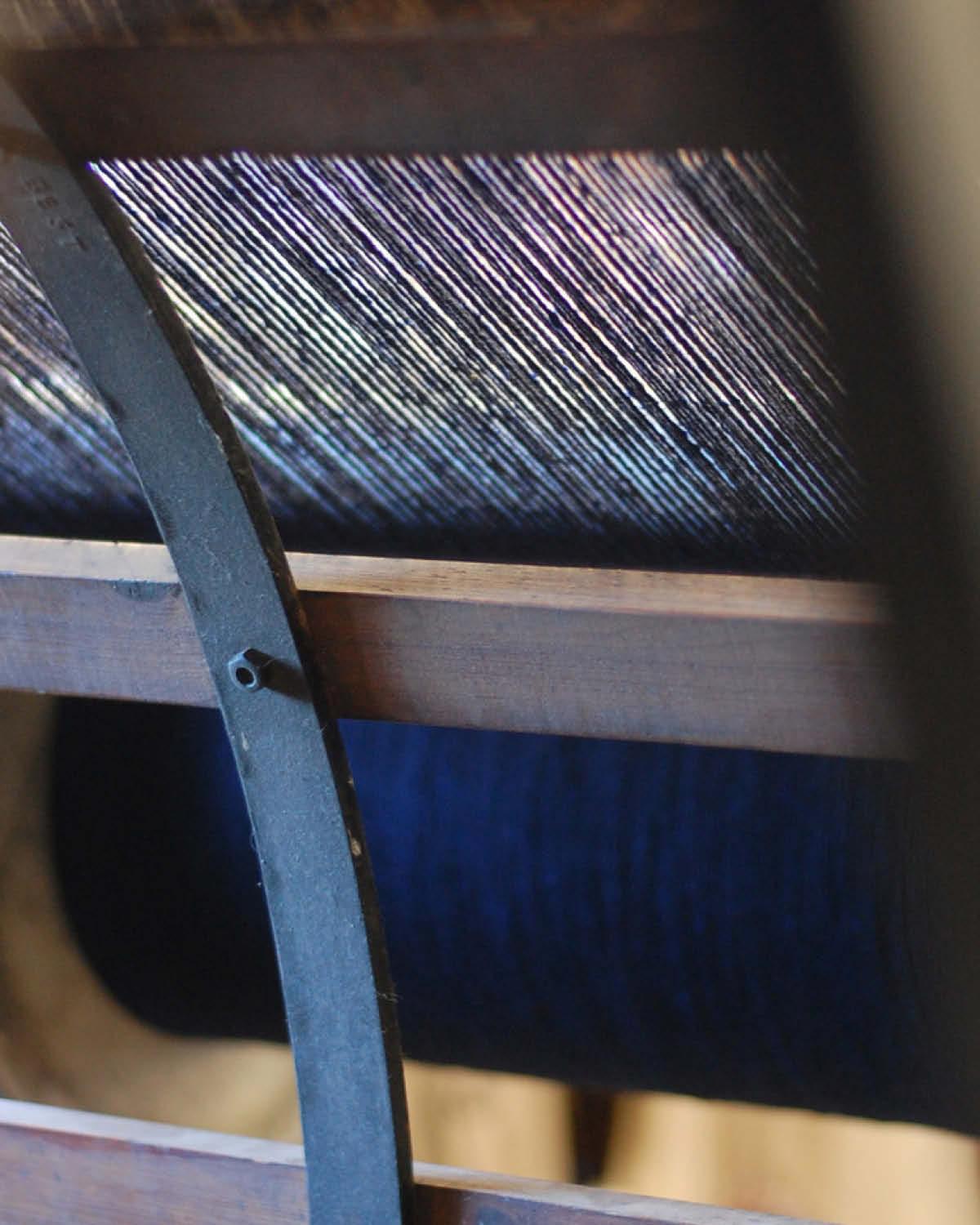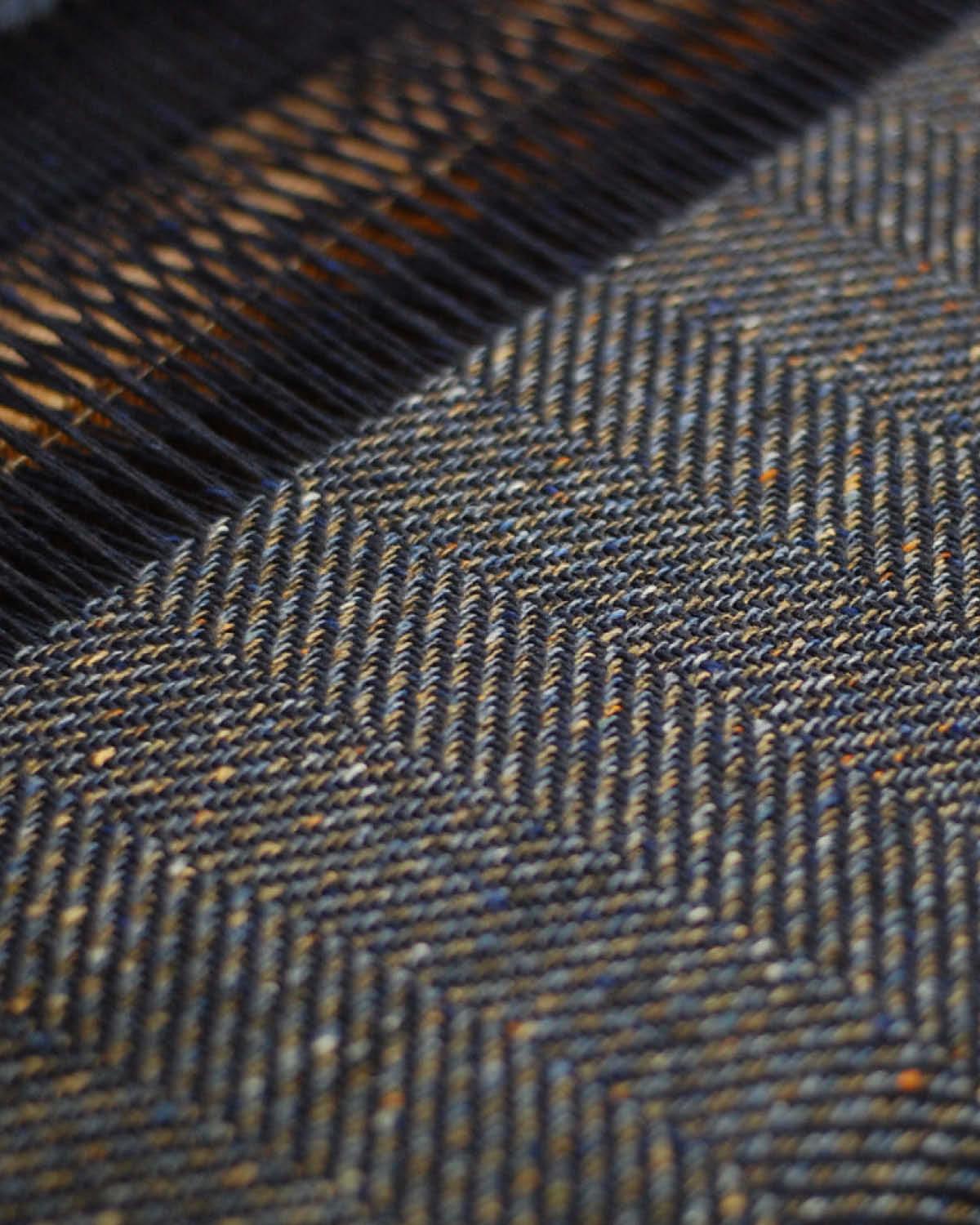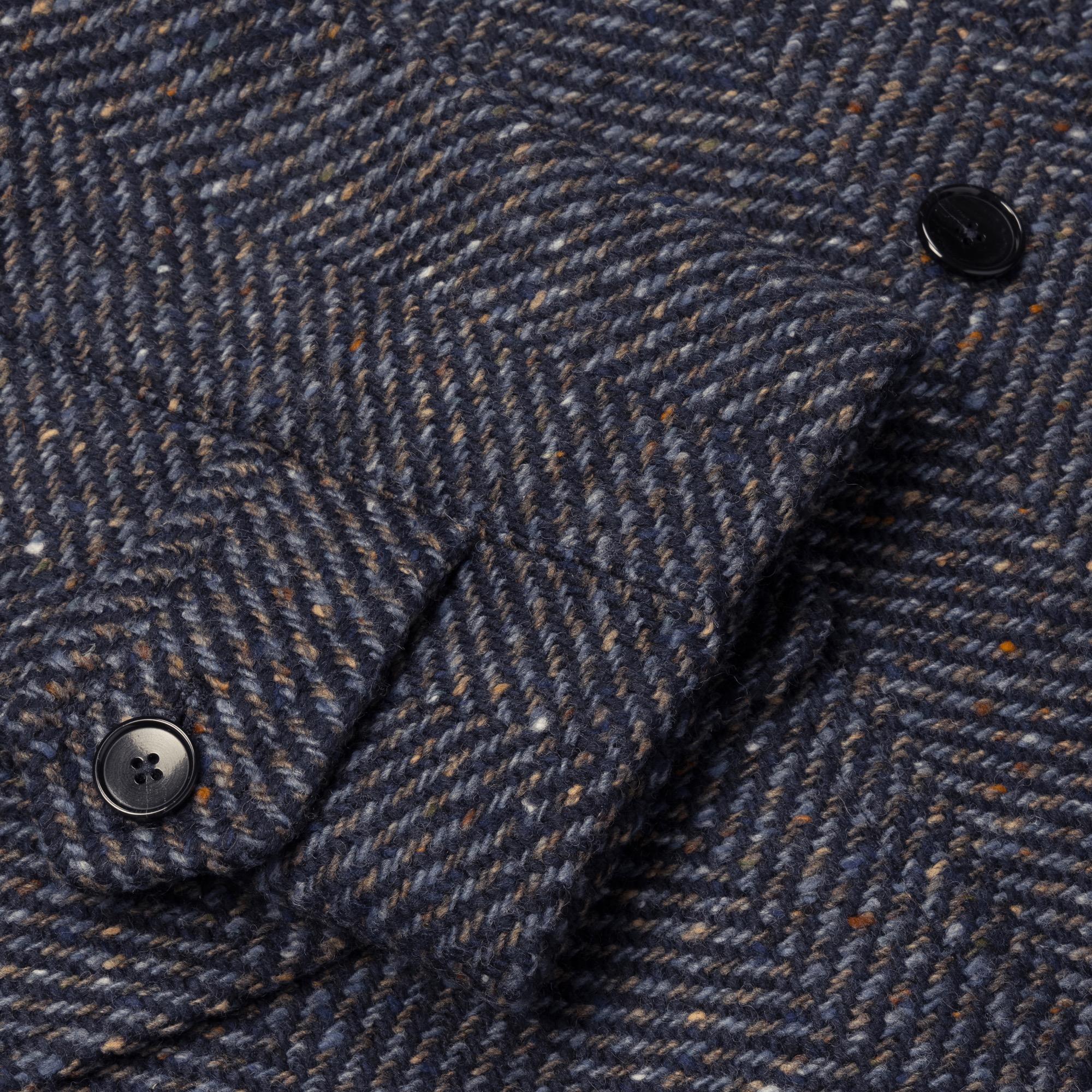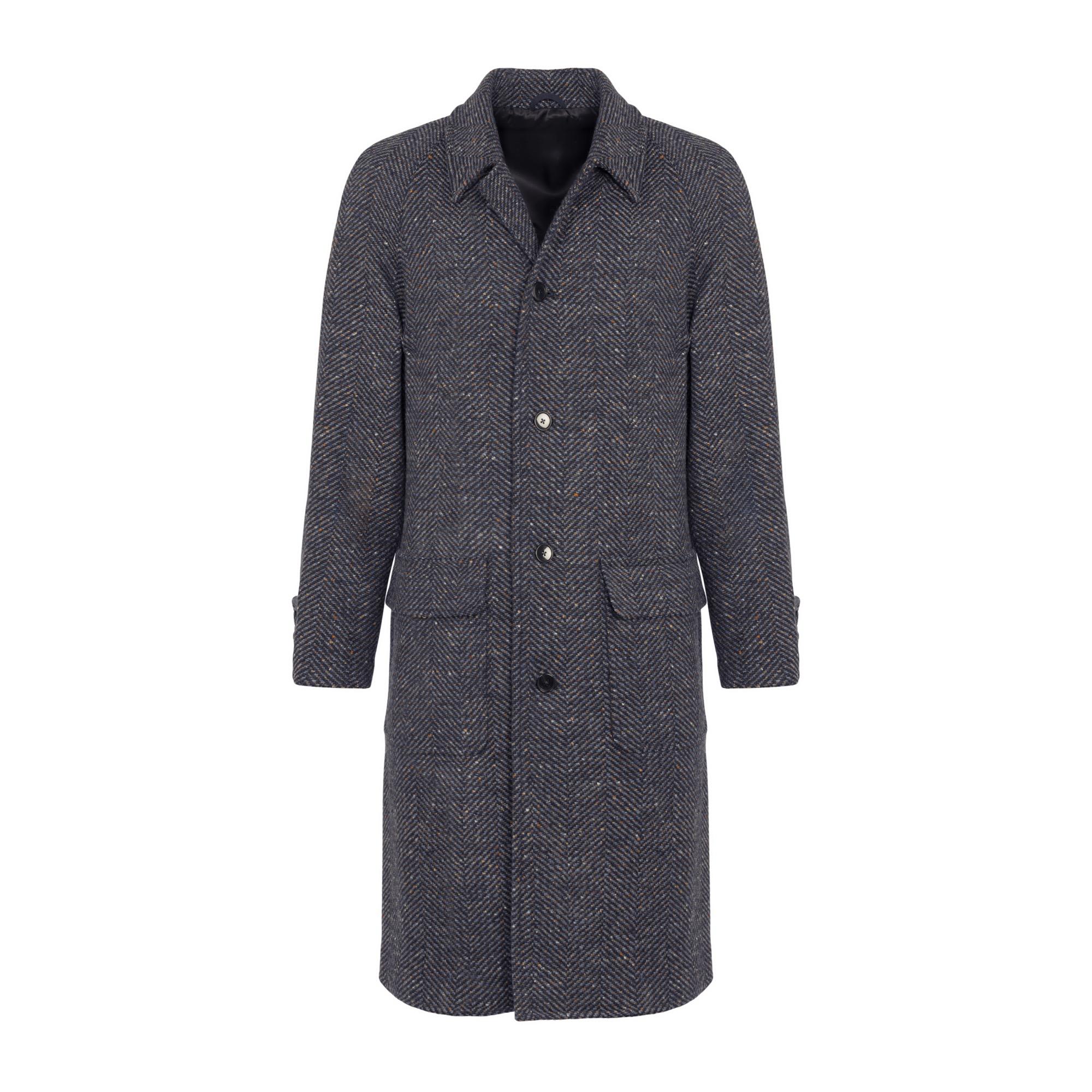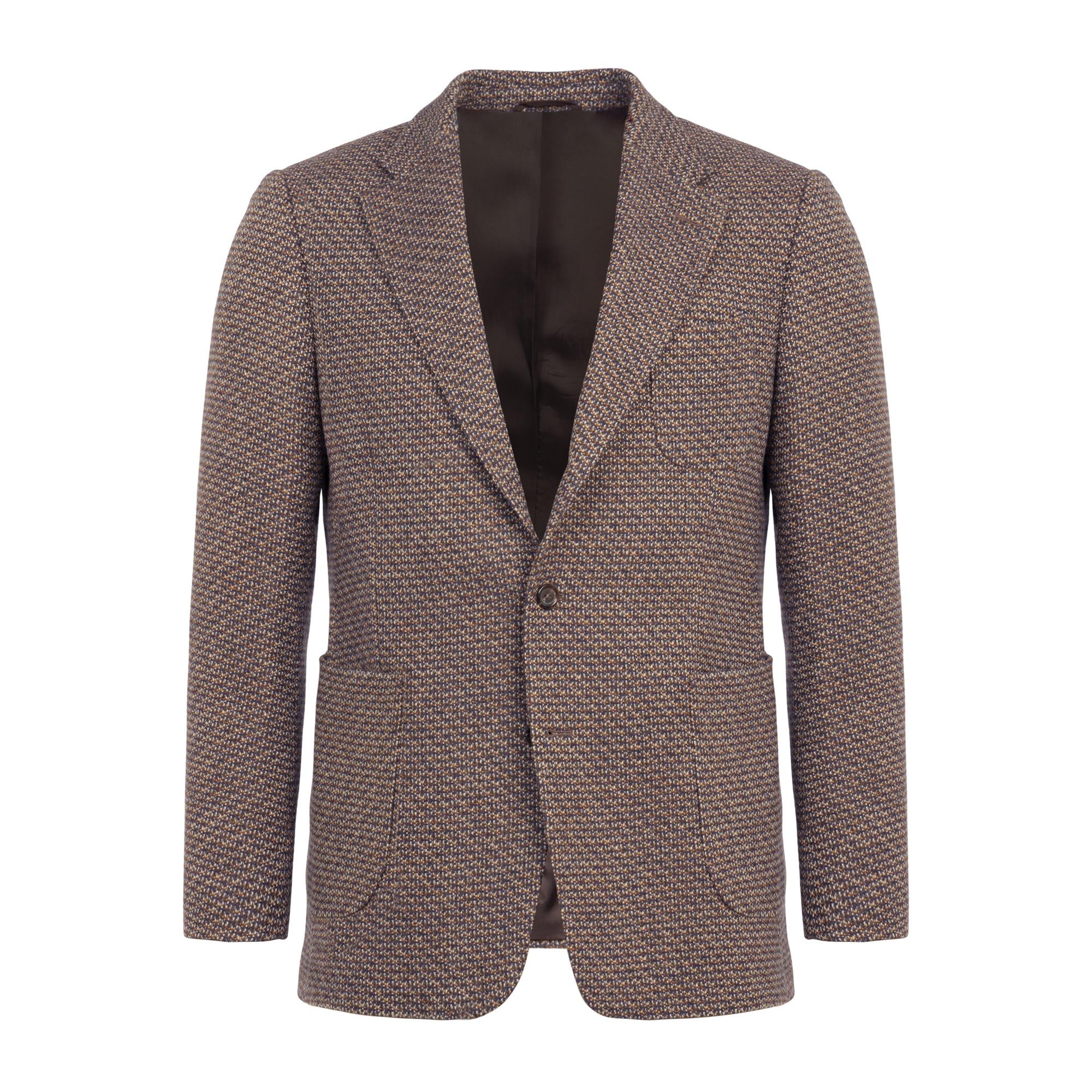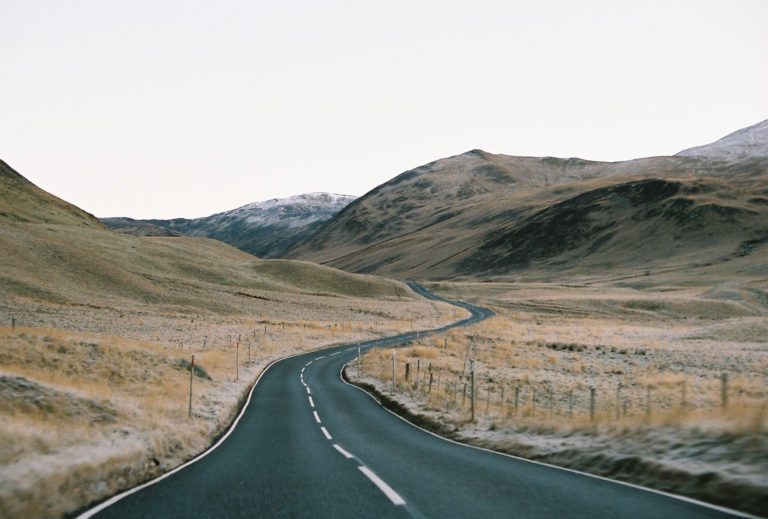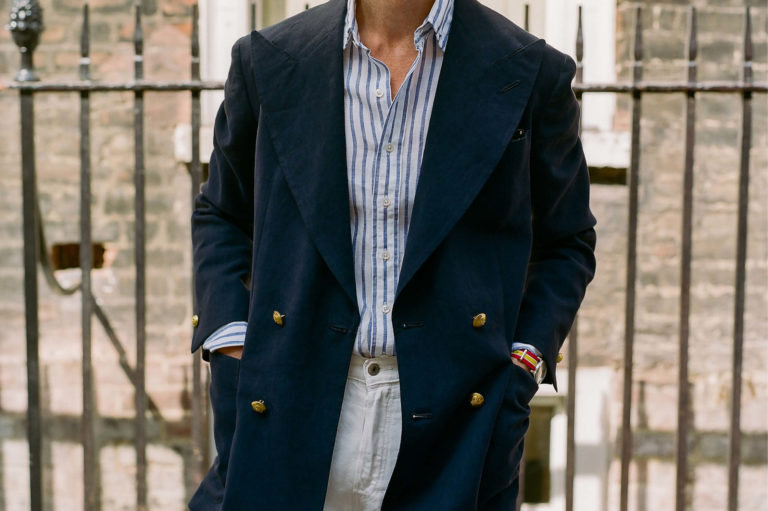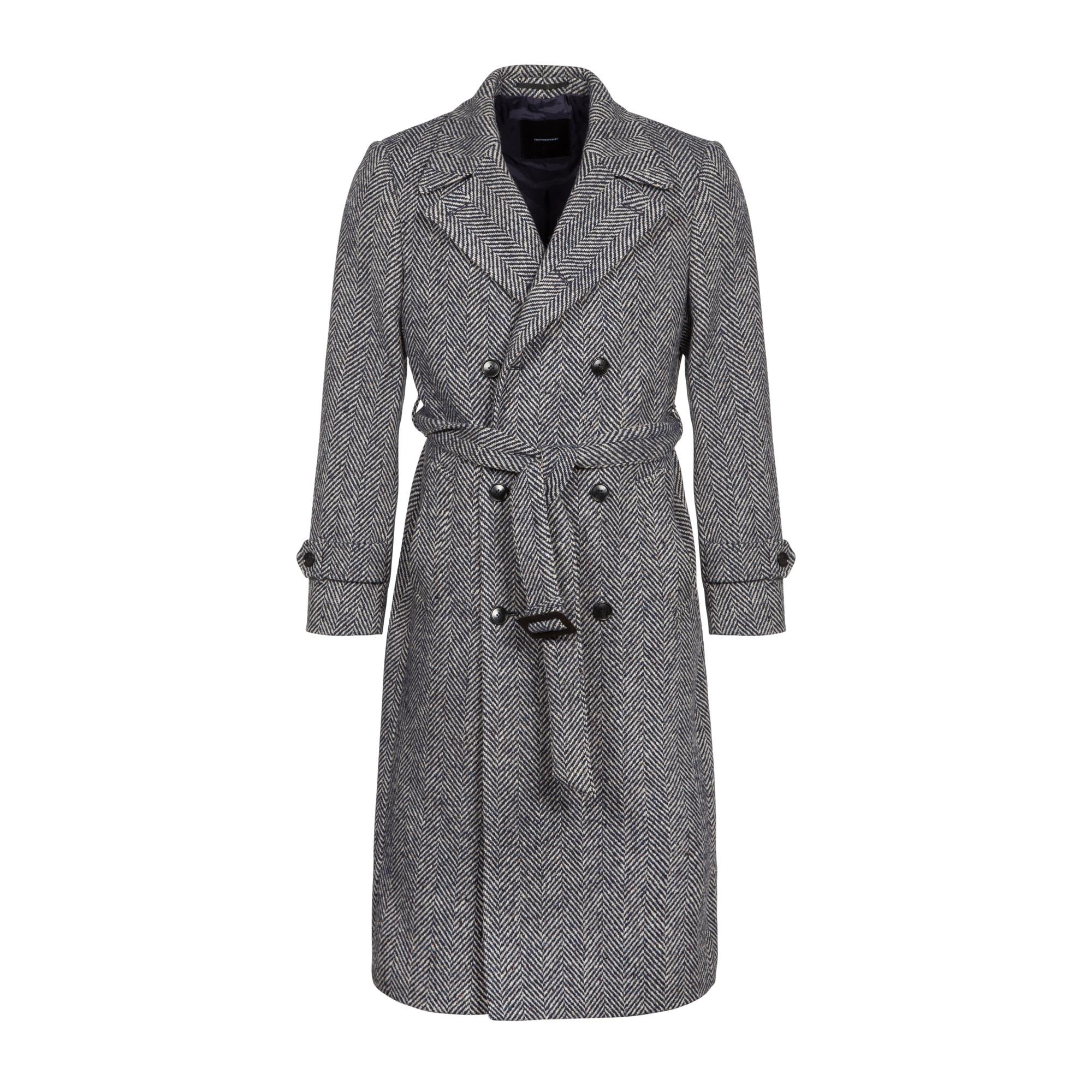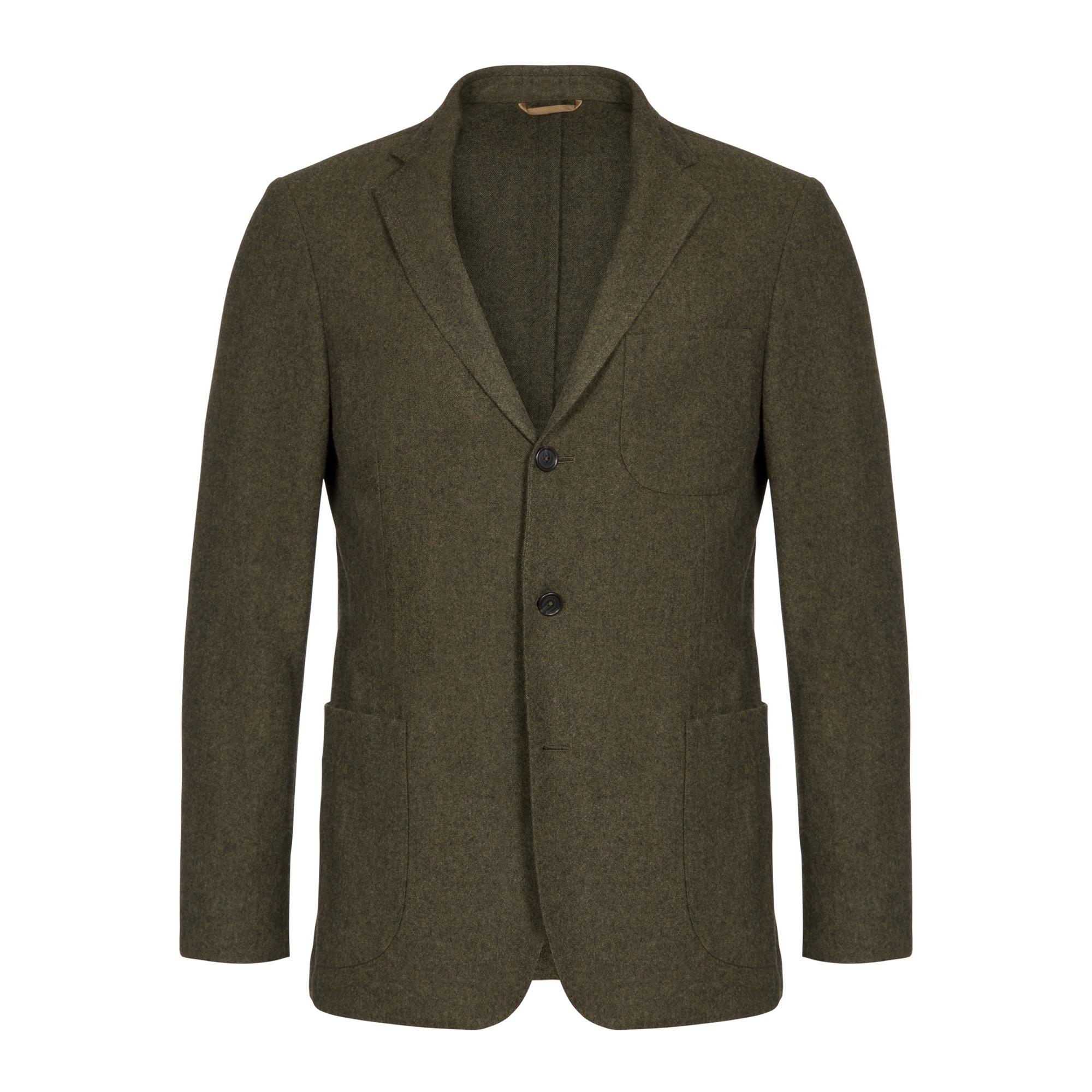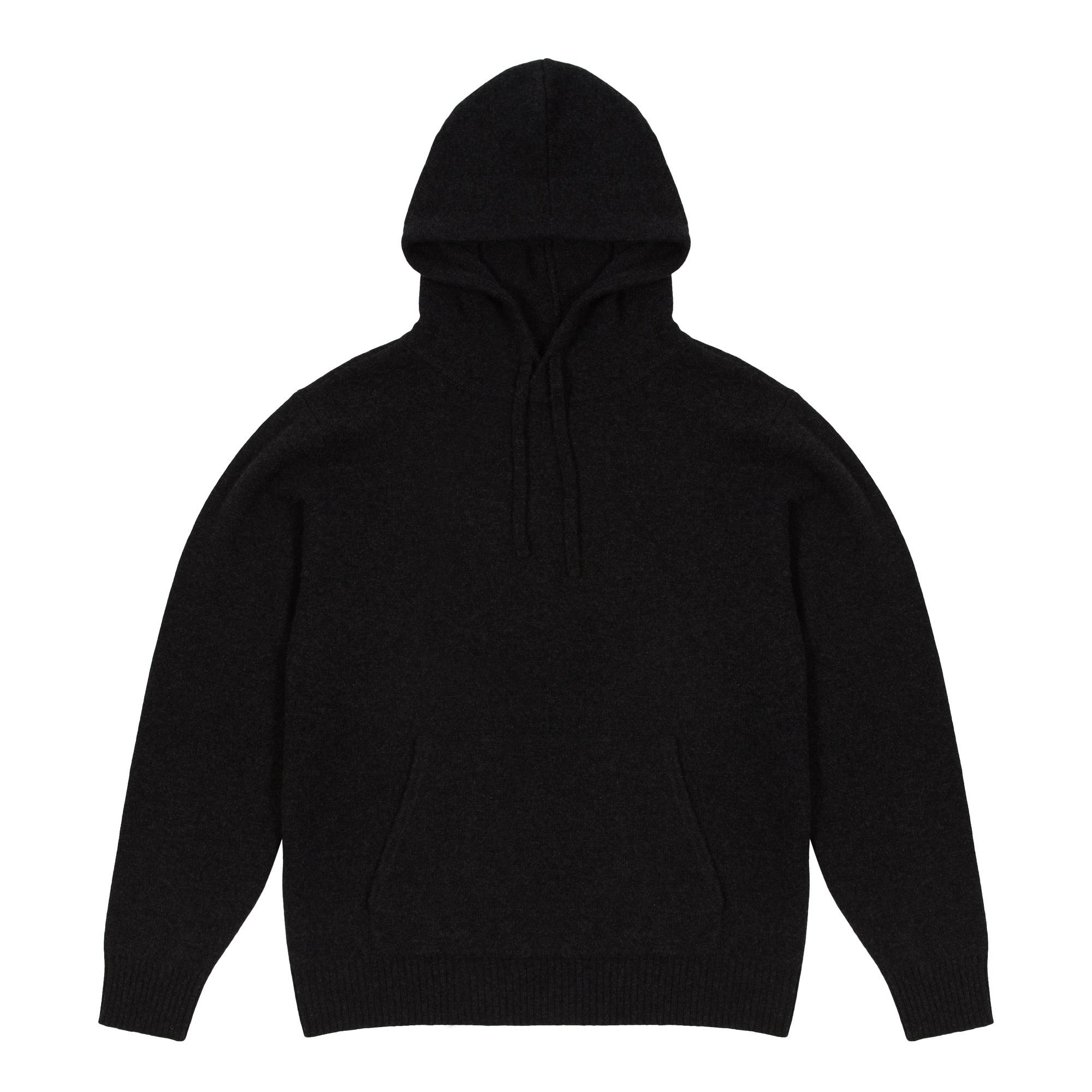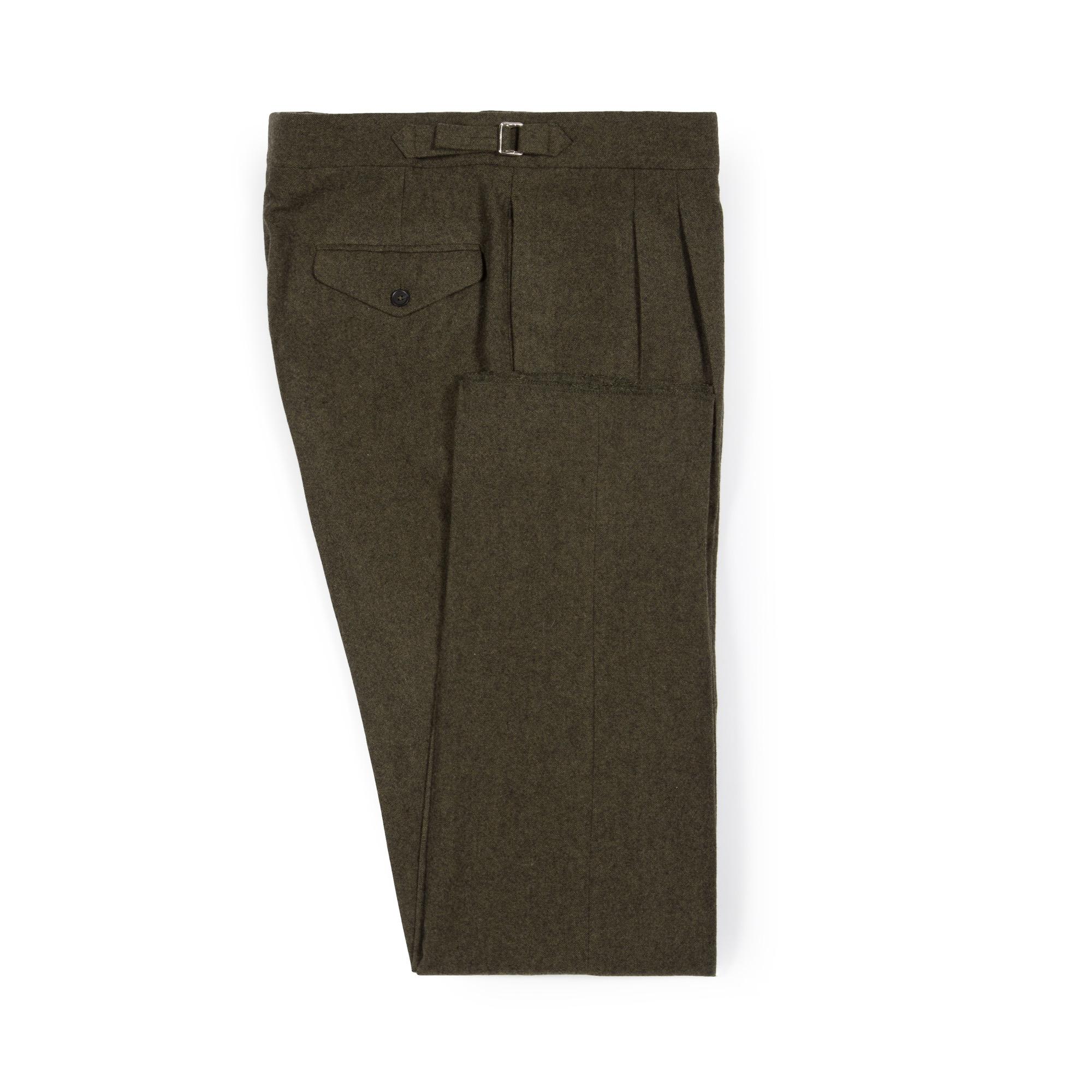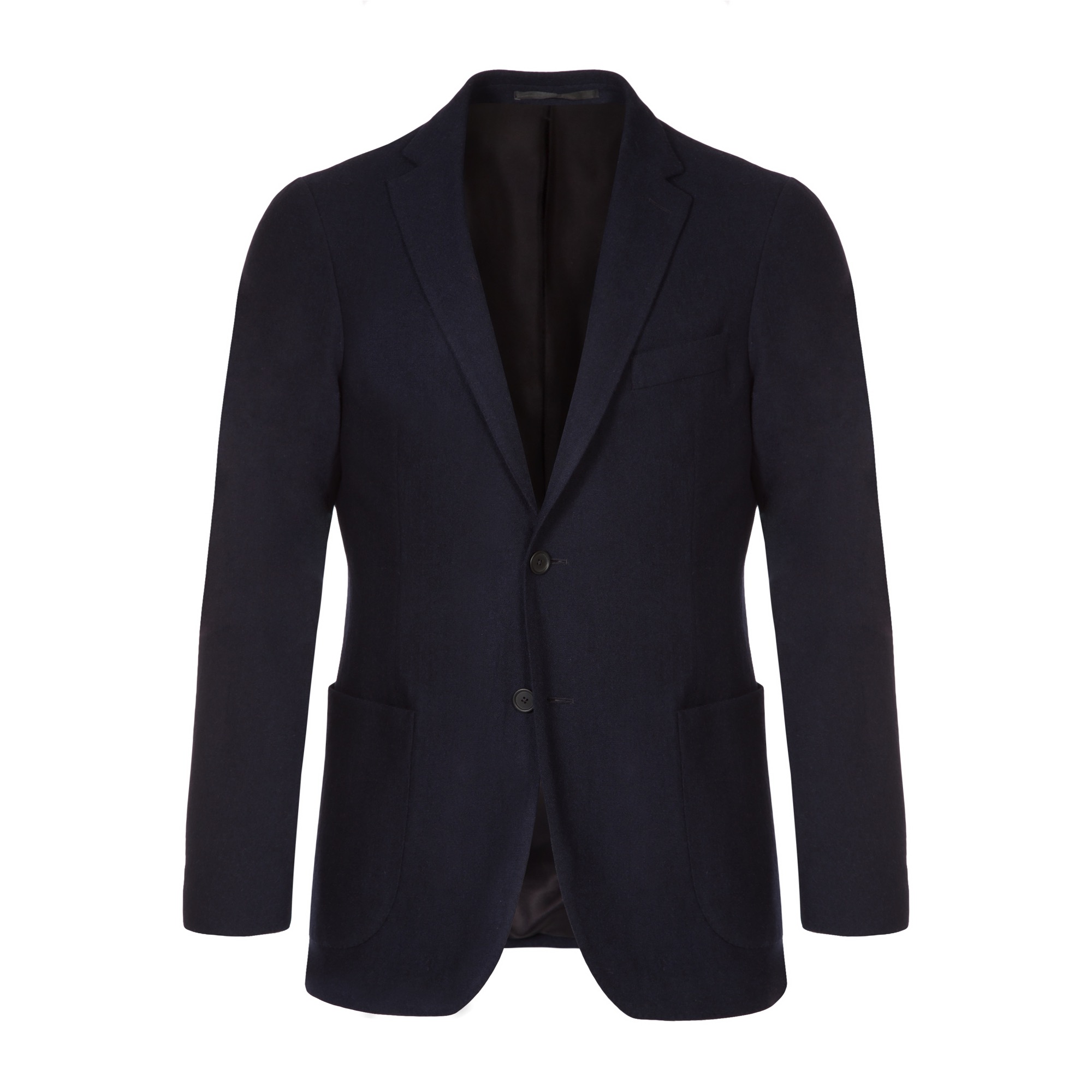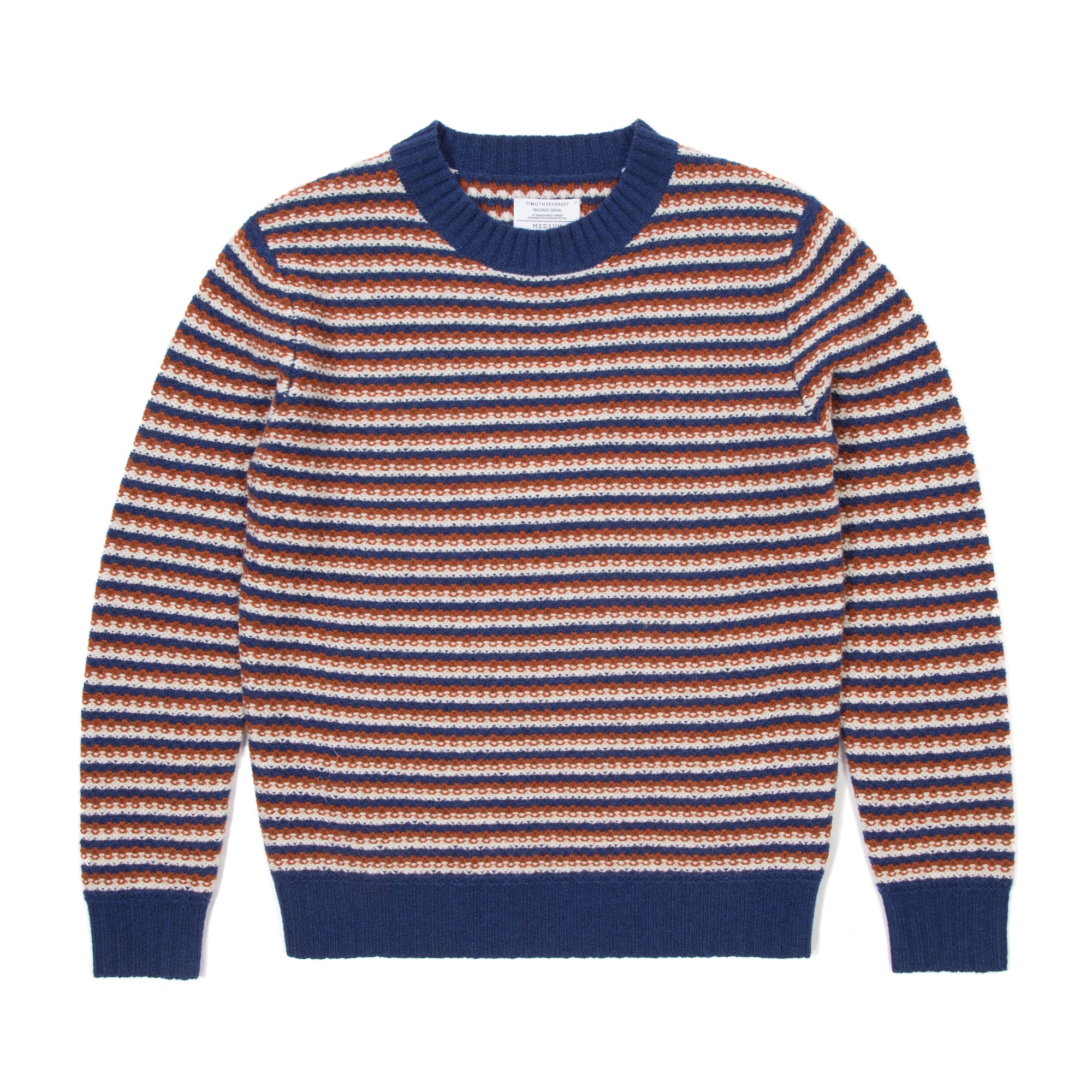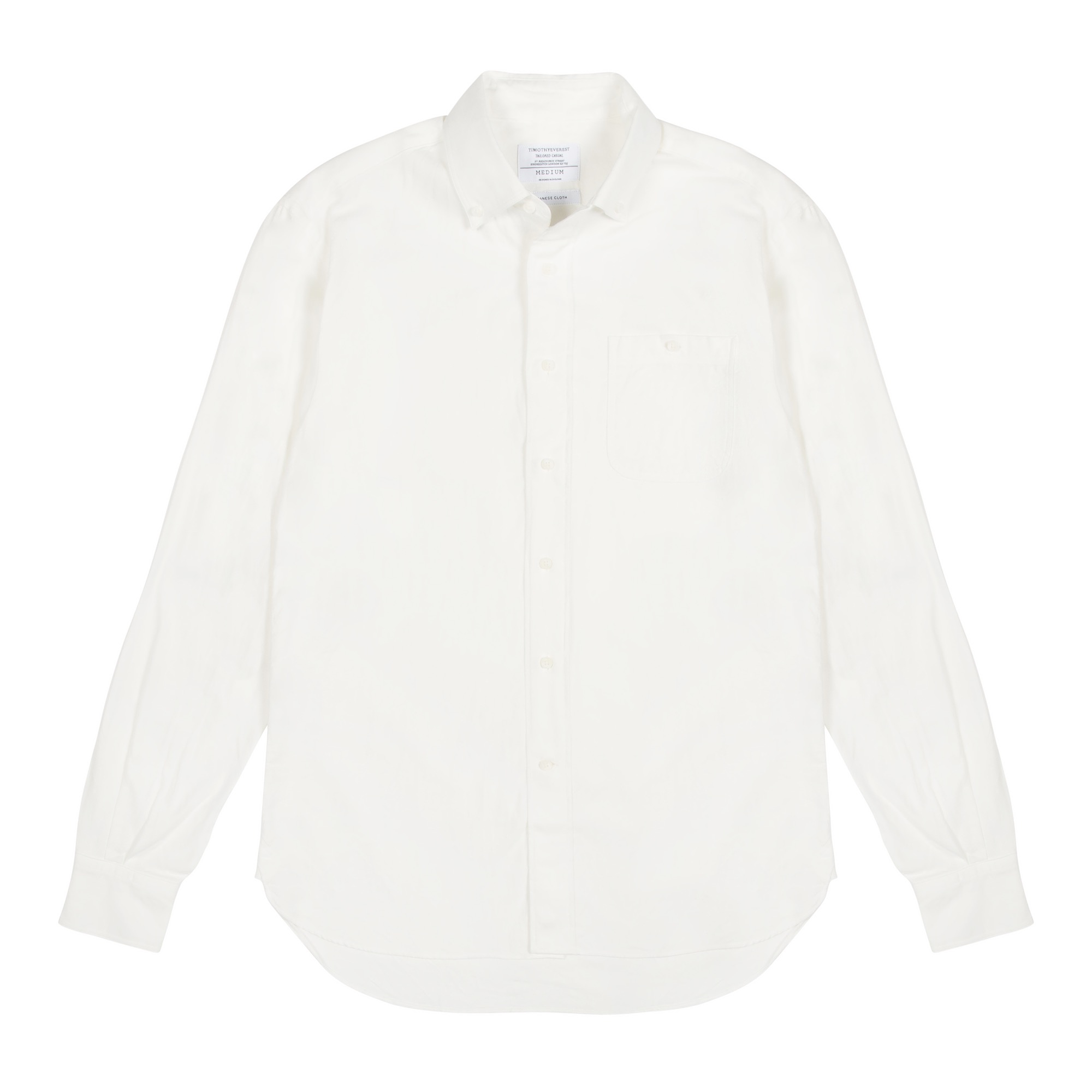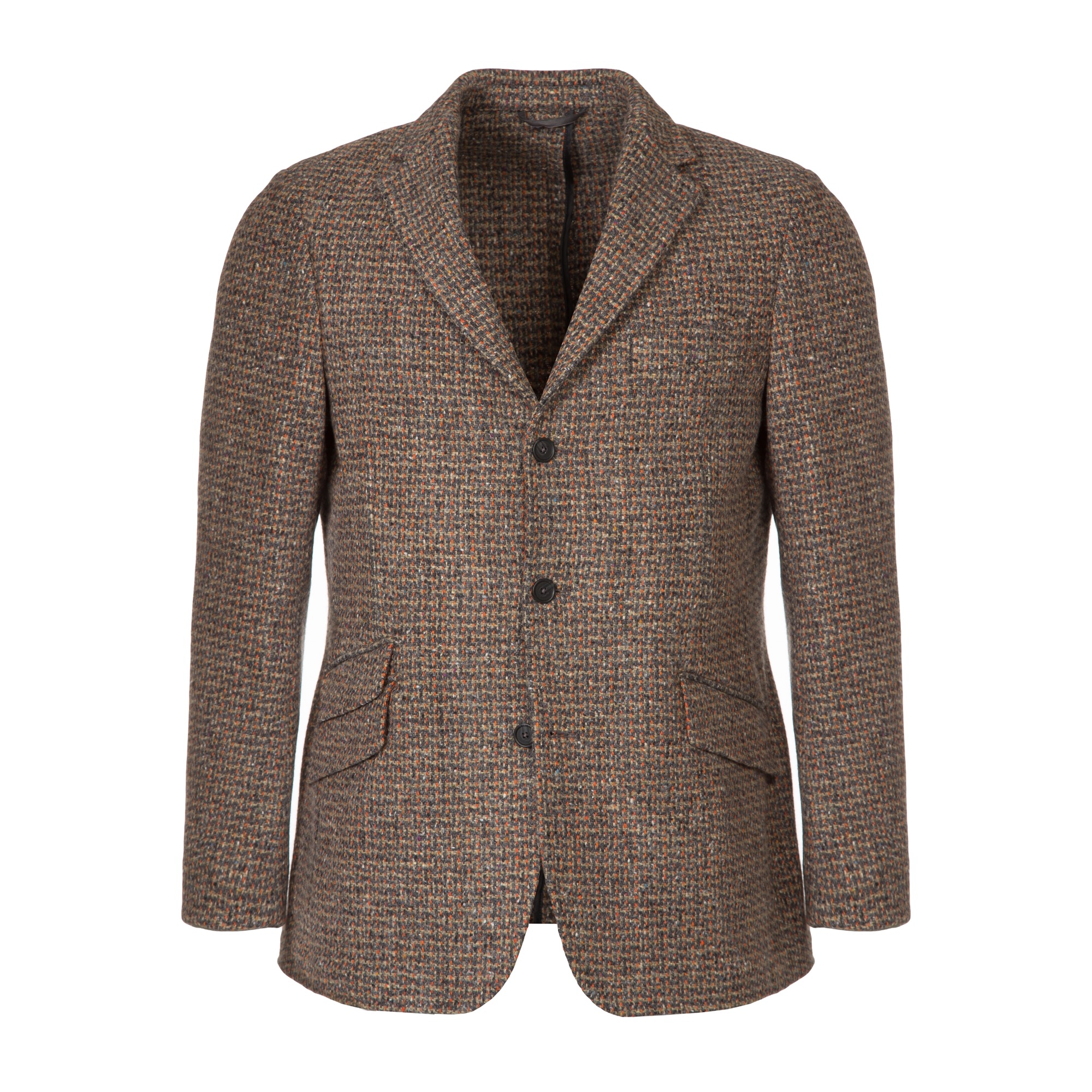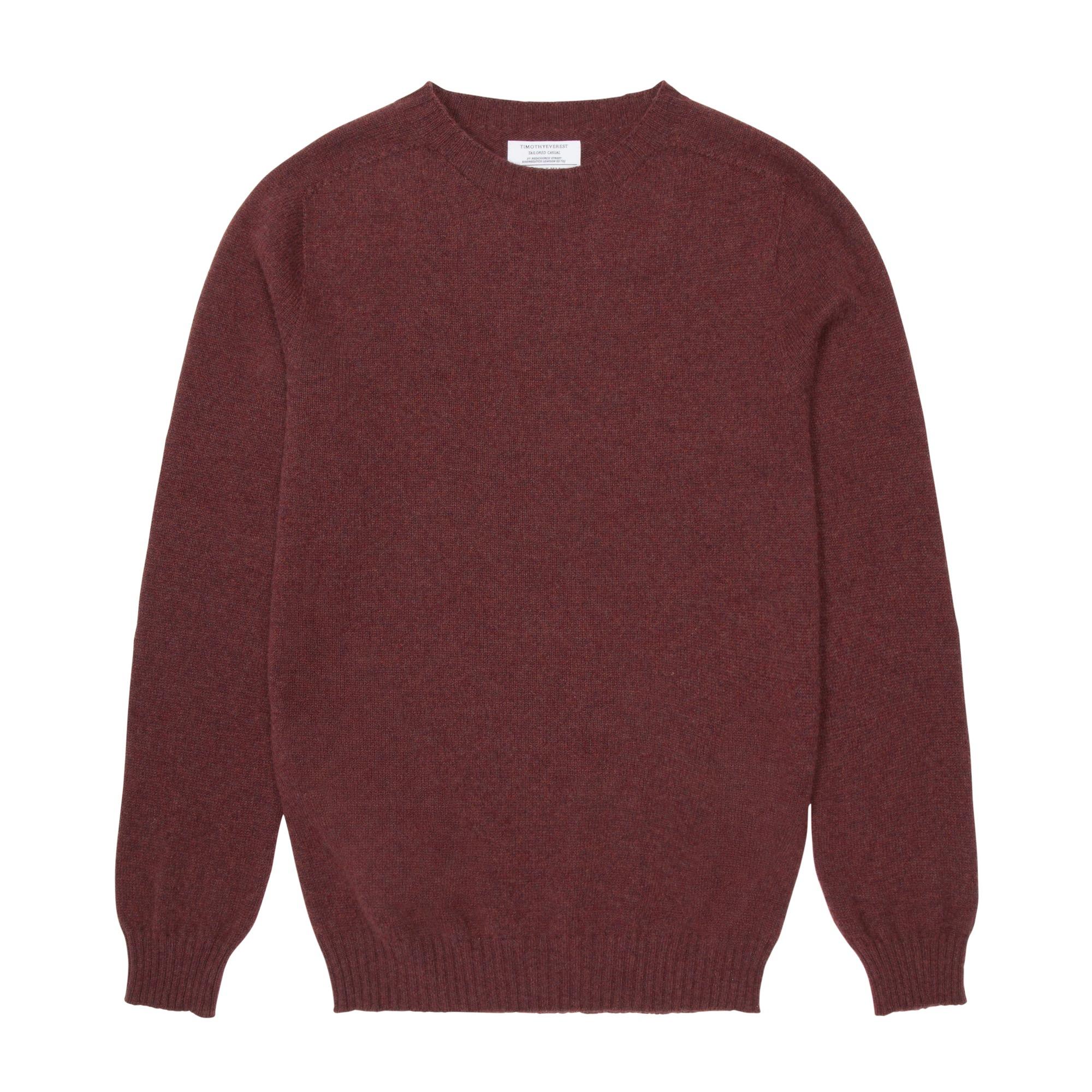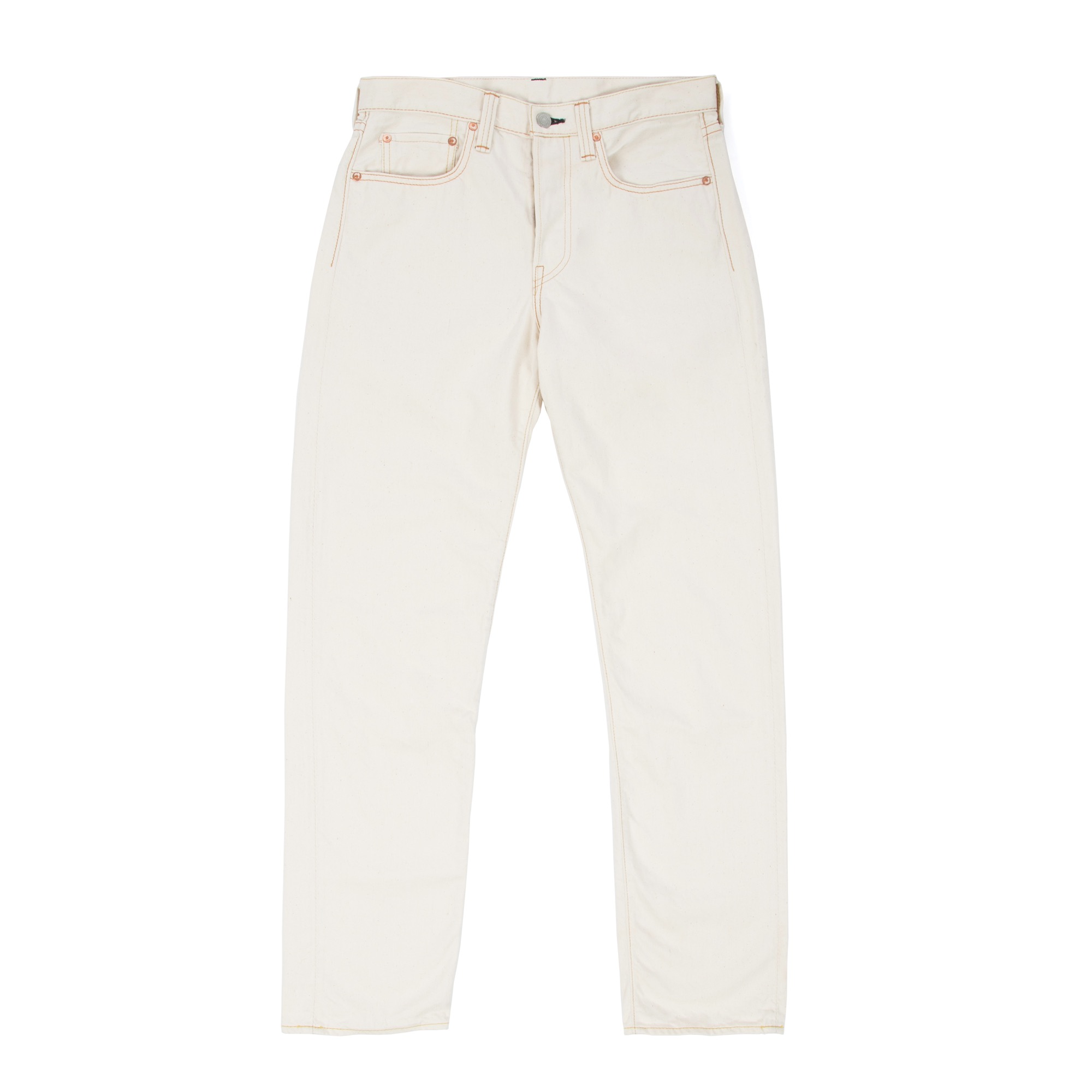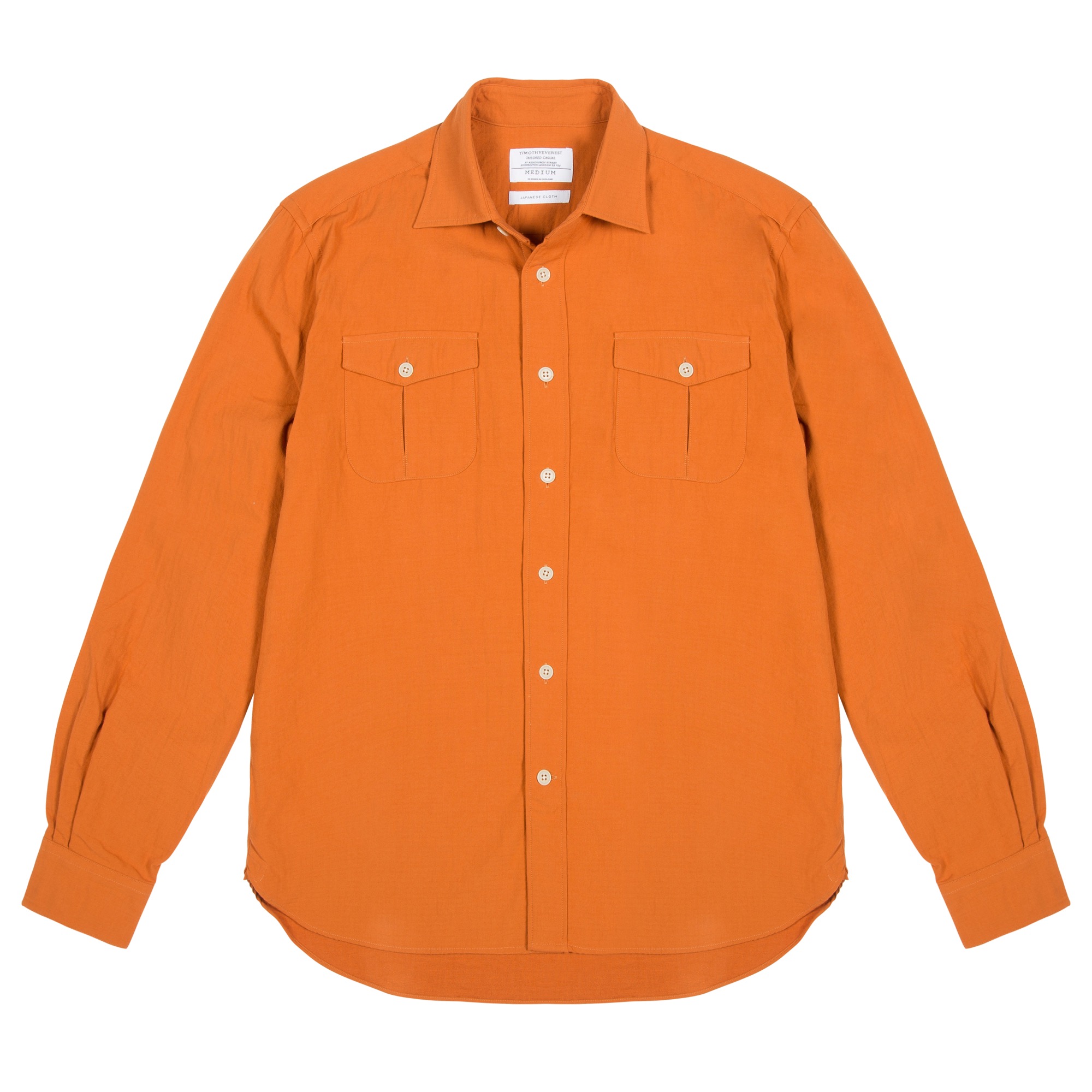The work of Sam Goates has graced the pages of this website, and more importantly the wardrobes of Timothy Everest clients since 2020. Her hand-woven tweeds, herringbones and checks are made with the expert love and attention that only someone so passionate and knowledgable about their craft could create. Magically made in Sam’s mill in Buckie on the Moray Firth coast, the latest creations from Woven in the Bone are once again a testament to Sam’s incredible skill and singular approach.
This season Sam has woven two types of cloth. First a 100% Merino wool ’Saxony’, in a dobby weave, its fine and breathable woollen yarns making it supremely comfortable and beautiful to wear. And then there is the Carrick Raglan Coat, a heavier weight cloth woven into a classic pattern for timeless elegance and versatility. Both styles are a limited run, as distinctive as the land that inspired each cloth. Sam kindly took some time to talk a little about the process, inspiration and heritage of these marvellous creations.

